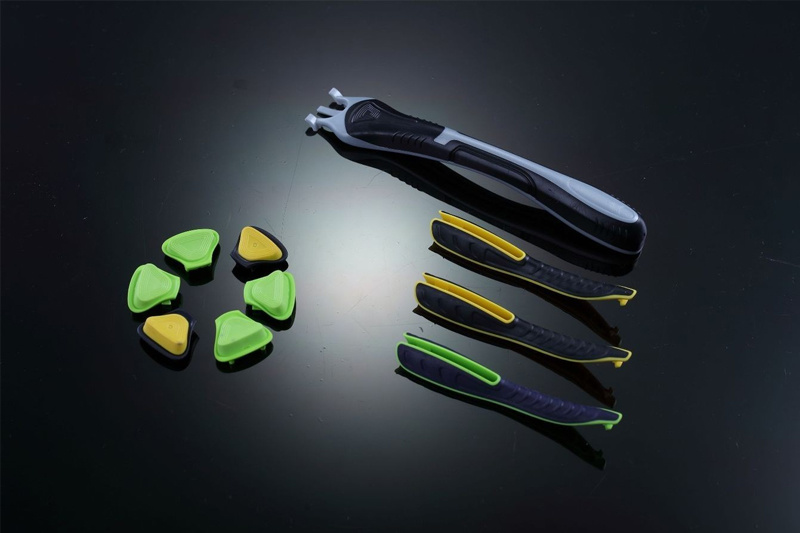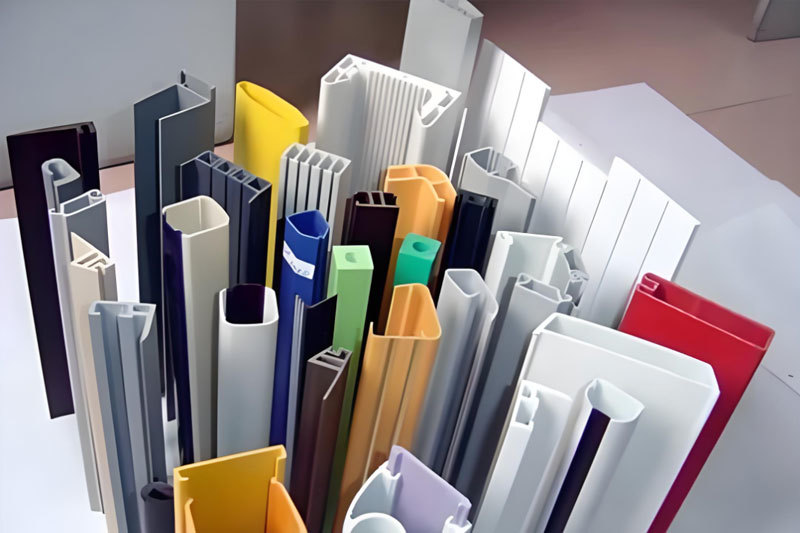Forming Method and Characteristics of Plastic Surface Thread of Injection Mold
2024-10-14

The surface of some injection molds needs to be equipped with some special patterns or symbols, such as handles, caps, buttons, etc. So how do these special threads form? The following is a small series to introduce the common three thread forming method.
There are three methods for thread molding on plastic parts, namely, direct molding during molding, machining after molding, and thread inserts from Jin Guo.
1. Direct molding during molding: simple processing, low cost and short production cycle. But the plastic strength is poor, the precision grade is low
2. Mechanical processing after forming: secondary processing is required after thread forming, and the production efficiency is low. Generally, it is used when it is difficult to form threads by direct forming method, such as small and deep thread diameter, insufficient rigidity and strength of thread core, or when thread core needs to be installed on the side, resulting in complicated mold structure.
3, the use of metal thread inserts: metal inserts thread high precision, good strength, but the molding of plastic parts, around the insert easy to concentrate the formation of stress, due to processing and placement of inserts to make the production cycle growth, cost increases. It is generally used in threads that require high matching accuracy and are often assembled and disassembled and stressed.
For example, when using direct forming threads, due to excessive thread thickness, it will cause insufficient use strength, so the tooth size should be limited. Direct forming should not be used for fine thread, but metal thread inserts should be used.
Next page:
Contact Us
E-mail :
whmingtai@vip.163.com
Zhou Zong:
86-13561806536
Address:
71-2 Dandong Road, Weihai Printing Industrial Park









